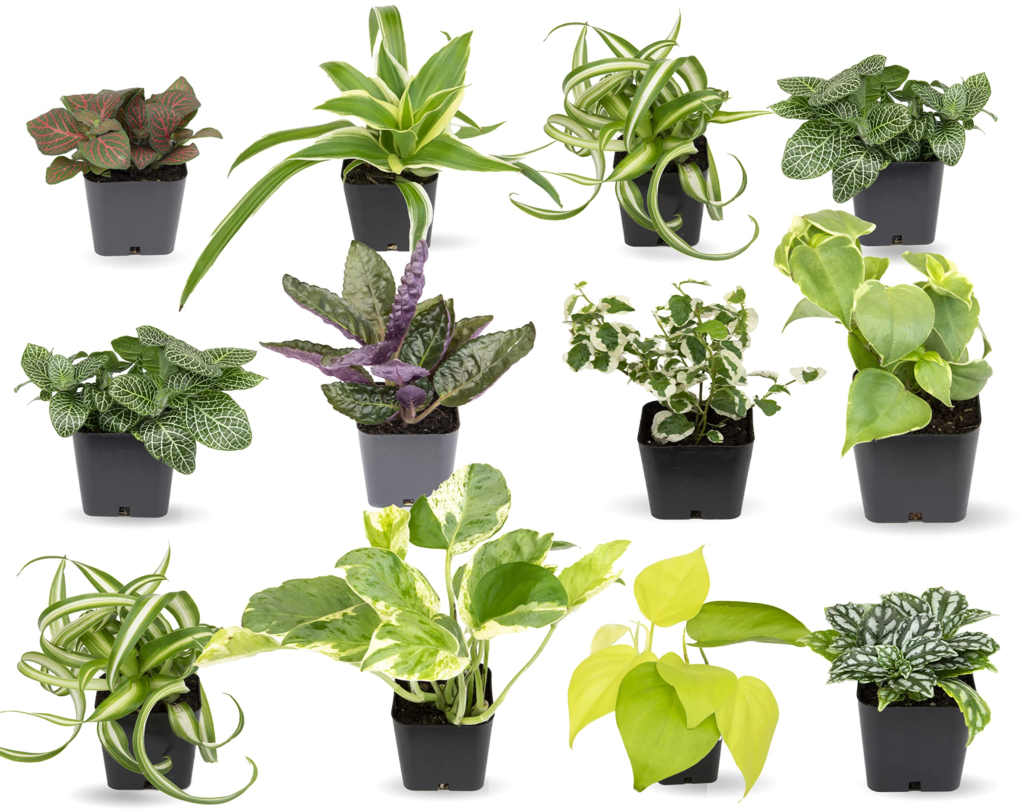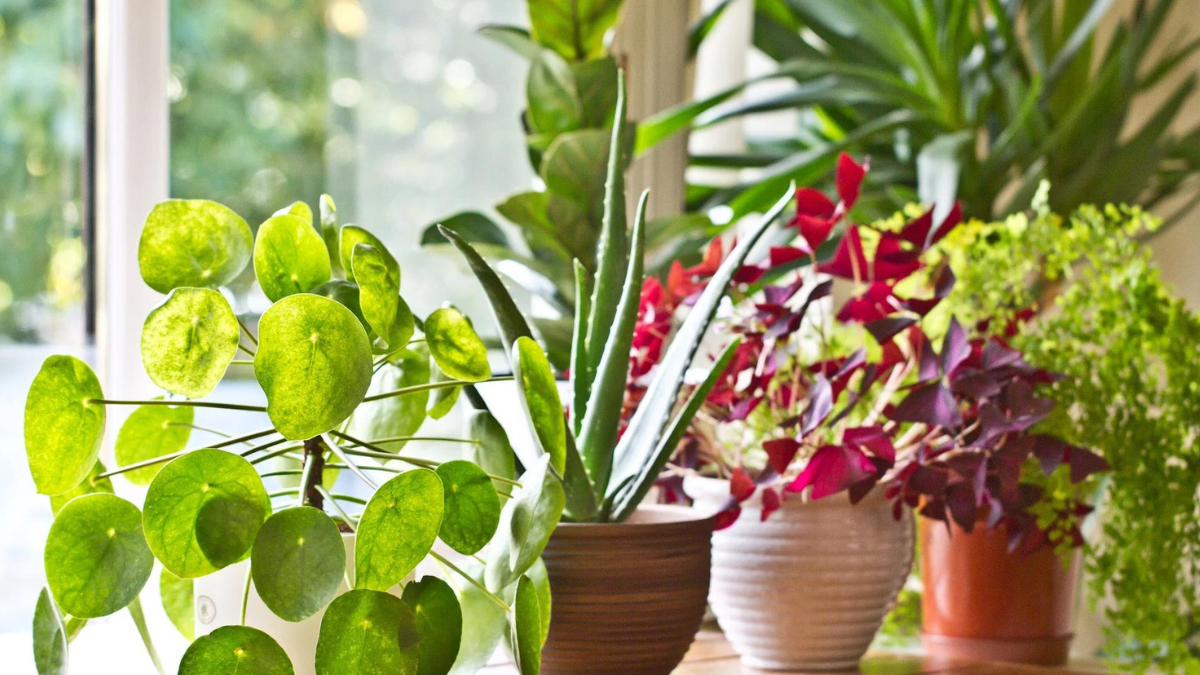Gardening has numerous benefits, from enhancing the aesthetics of your living space to providing a sense of accomplishment. Growing plants at home not only beautifies your environment but also improves air quality and reduces stress levels. If you’re new to gardening, it’s essential to start with plants that are resilient, low-maintenance, and forgiving of occasional neglect. Let’s dive into the world of easy-to-grow plants that will bring joy and greenery into your life.

Benefits of Growing Plants
inbloom Hydroponics Growing System 10 Pods, Indoor Herb Garden with LEDs Full-Spectrum Plant Grow Light, Water Shortage Alarm, Automatic Timer, Height Adjustable, Ideal Gardening Gifts for Women
$62.99
Before we explore the specific plants, let’s take a moment to appreciate the benefits of growing plants at home. Apart from their visual appeal, plants offer a range of advantages. They purify the air by removing toxins, release oxygen, and increase humidity. Studies have shown that being surrounded by greenery can improve mood, reduce anxiety, and enhance overall well-being. Furthermore, gardening can serve as a therapeutic and stress-relieving activity, allowing you to connect with nature and unwind from the pressures of daily life.
Factors to Consider
Before diving into plant selection, it’s important to consider a few factors. Firstly, assess the amount of natural light available in your space. Different plants have varying light requirements, and understanding this will help you choose the right ones. Secondly, consider the available space and whether you prefer indoor or outdoor gardening. Finally, evaluate your time commitment and choose plants that match your lifestyle, ensuring you can provide the necessary care and attention.

Easy Plants for Beginners
Herbs for Indoor Gardening
Growing herbs indoors is an excellent way to add flavor to your cooking while enjoying the benefits of gardening. Herbs like basil, parsley, mint, and rosemary are not only easy to grow but also thrive in pots or containers. They require moderate sunlight and well-drained soil. With a little care and regular watering, you can have fresh herbs at your fingertips throughout the year.
Flowers for Indoor Gardening
Adding a touch of color and fragrance to your indoor space is made easy with certain flower varieties. Marigolds, geraniums, and petunias are popular choices for indoor gardening. These flowers can tolerate different light conditions, but they generally prefer a sunny spot. With proper watering and occasional fertilization, you can enjoy their vibrant blooms and refreshing scents indoors.
Succulents and Cacti
If you tend to forget to water your plants or have limited natural light, succulents and cacti are the perfect companions for you. These resilient plants are known for their ability to store water in their leaves or stems, allowing them to thrive in dry environments. Aloe vera, jade plants, and cacti varieties like the Echeveria are all excellent choices for beginners. They require minimal watering and prefer bright, indirect light.
Vegetables and Fruits
Imagine the satisfaction of harvesting your own vegetables and fruits from your home garden. Certain vegetables and fruits are relatively easy to grow and can be a rewarding experience. Tomatoes, peppers, lettuce, and strawberries are great options for beginners. These plants require moderate sunlight, well-drained soil, and regular watering. With proper care and patience, you’ll soon be enjoying homegrown produce.
Maintenance Tips
While these plants are low-maintenance, they still require some care to thrive. Here are a few general tips to ensure their well-being:
- Provide adequate light: Most plants need sufficient sunlight or artificial light to grow. Place them near windows or use grow lights for indoor gardening.
- Water appropriately: Avoid overwatering or underwatering your plants. Check the moisture level of the soil before watering and adjust accordingly.
- Fertilize when needed: Some plants benefit from occasional fertilization. Use organic fertilizers and follow the instructions provided.
- Monitor pests: Keep an eye out for pests like aphids or spider mites. If detected, address the issue promptly using organic pest control methods.
- Prune and trim: Regularly remove dead leaves or stems to promote healthy growth and maintain the appearance of your plants.
Conclusion
Embarking on the journey of growing plants at home can be incredibly rewarding, even for beginners. By selecting easy-to-grow plants that match your space and lifestyle, you can experience the joys of gardening and enjoy the numerous benefits they bring. Remember to provide them with appropriate care, be patient, and observe their growth. With time, you’ll develop your green thumb and create a thriving green oasis within your home.


